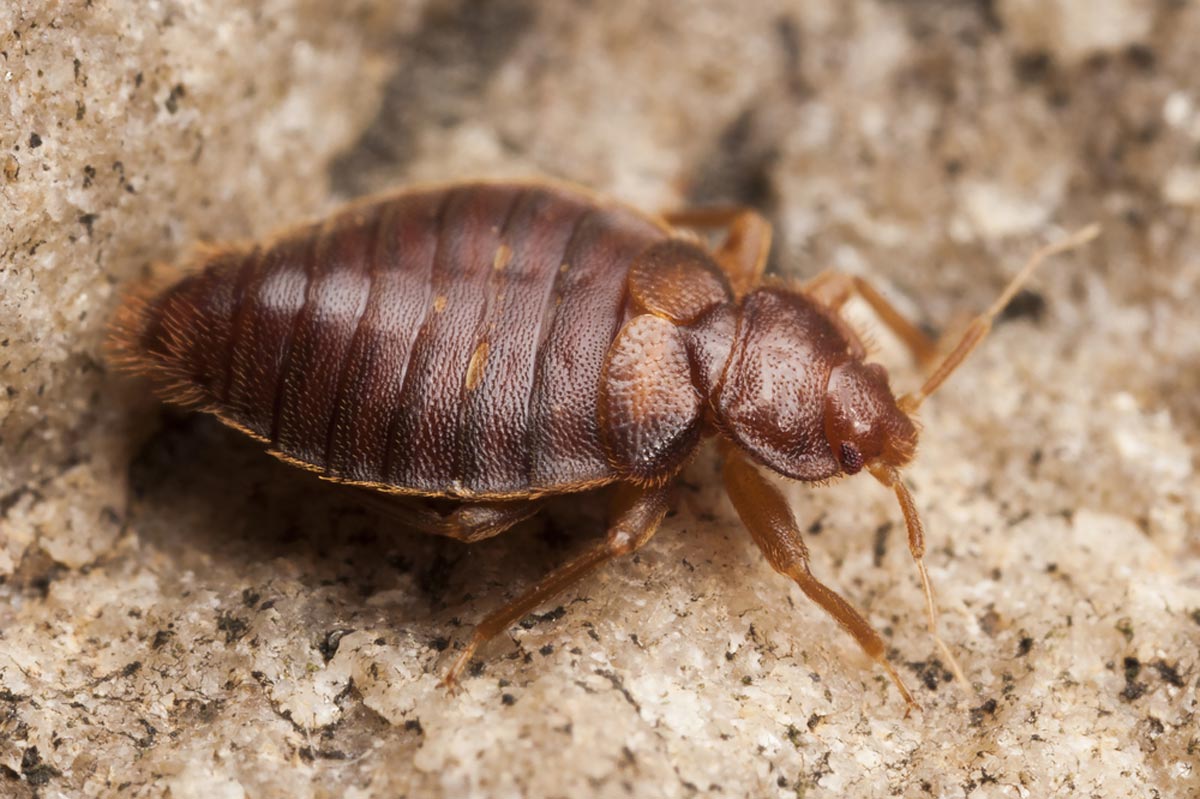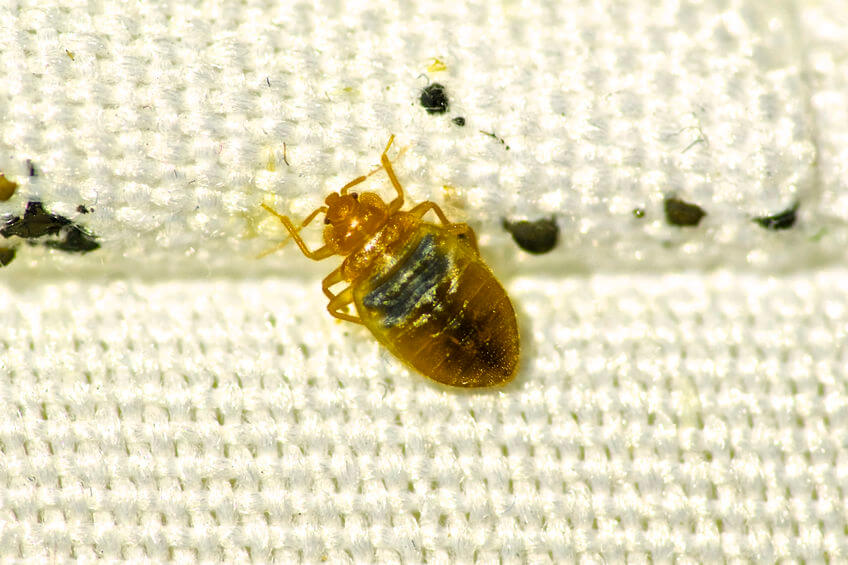A1 Bed Bug Extermination Houston: Specialist Providers
Wiki Article
Understanding the Lifecycle of Insects for Targeted Control Methods
Recognizing the lifecycle of parasites is an essential element of efficient parasite administration techniques. Via a much deeper understanding of how parasites progress and flourish, tailored control strategies can be made to deal with details factors in their lifecycle, ultimately leading to even more successful parasite administration results.Significance of Comprehending Insect Lifecycle
Understanding the lifecycle of insects is essential for developing effective and targeted control approaches in insect monitoring. By understanding the various phases an insect undergoes from egg to grownup, insect control professionals can determine weak spots in the lifecycle where intervention can be most effective. Knowing when larvae are most active can aid determine the optimal timing for applying larvicides. In addition, understanding the life expectancy of a parasite species can assist in predicting population development patterns and potential invasion dangers.Additionally, acknowledging the specific environmental problems necessary for each phase of the bug's lifecycle can lead choices on environment adjustment or exemption approaches to disrupt the lifecycle and decrease insect populaces. This expertise allows pest administration professionals to implement proactive steps as opposed to depending entirely on responsive therapies, resulting in more sustainable and long-term parasite control options. Inevitably, a complete understanding of parasite lifecycles encourages bug control practitioners to tailor their strategies efficiently, making best use of and reducing environmental effects control end results.
Key Phases in Parasite Development
To successfully implement targeted control strategies in pest monitoring, a crucial facet exists in comprehensively recognizing and understanding the vital phases in pest development. Parasite development typically is composed of several essential phases that are vital for their lifecycle and management.

Vulnerabilities in Bug Lifecycle
Throughout the various phases of a pest's lifecycle, unique susceptabilities emerge that can be purposefully targeted for reliable control procedures. One crucial vulnerability exists in the egg phase, where parasites are usually a lot more at risk to specific pesticides or biological control agents due to their soft external covering, making them simpler targets for intervention. In addition, the larval or nymph phase offers susceptabilities as parasites undergo quick development and growth, calling for high power usage that can be made use of by disrupting their food sources or introducing development inhibitors. Pupal stages, characterized by stability and transformation, offer a window for targeted control through physical barriers or particular treatments that impede effective development. Ultimately, grown-up insects, while a lot more resistant due to their reproductive capability, can still be at risk during mating or egg-laying tasks, which can be disrupted through scent catches or sanitation methods. Recognizing these susceptabilities in the pest lifecycle is vital for establishing exact and effective control techniques that efficiently manage pest populaces while decreasing ecological effect.Carrying Out Targeted Control Measures

Executing targeted control actions normally involves a multi-faceted strategy. This may consist of habitat alteration to make the atmosphere much less hospitable to insects, such as getting rid of standing water for mosquito control or securing access points for rats. Additionally, biological control approaches can be utilized, where natural killers or pathogens are introduced to maintain pest populations in check.
Integrated Parasite Monitoring (IPM) strategies that combine different control actions in a coordinated and sustainable fashion are often the most effective in achieving long-term pest management goals. By implementing targeted control steps based on an extensive understanding of bug lifecycles, bug populaces can be successfully managed while lessening threats to human wellness and the setting.
Boosted Bug Monitoring Practices

Moreover, the incorporation of biological control agents, such as natural killers or virus of pests, can aid decrease dependence on chemical pesticides and promote a much more well balanced community. Carrying out physical obstacles and traps can also be component of boosted pest management methods, using safe and targeted solutions for insect control. Furthermore, making use of scents and various other semiochemicals can interfere with pest breeding patterns and communication, resulting in decreased bug populaces with time.
Verdict
To conclude, understanding the lifecycle of insects is vital for reliable parasite monitoring approaches. By determining vital phases in parasite growth and susceptabilities in their lifecycle, targeted control actions can be implemented to minimize pest populaces. Boosted parasite monitoring techniques can assist minimize the reliance on broad-spectrum pesticides and promote even more ecologically friendly and sustainable pest control approaches. This expertise plays an essential function in preserving healthy communities and agricultural efficiency.Understanding the lifecycle of pests is essential for creating reliable and targeted control methods in insect management. By understanding the different stages a parasite goes with from egg to adult, parasite control specialists can determine vulnerable points in the lifecycle where treatment can be most successful. Inevitably, a complete understanding of parasite lifecycles equips insect control practitioners to tailor their methods effectively, decreasing click here to read environmental effects and maximizing control end results.
By executing targeted control measures based on a complete understanding of pest lifecycles, bug populations can be successfully controlled while reducing threats to human health More about the author and the atmosphere.
By recognizing key phases in parasite growth and vulnerabilities in their lifecycle, targeted control procedures can be applied to reduce bug populations.
Report this wiki page